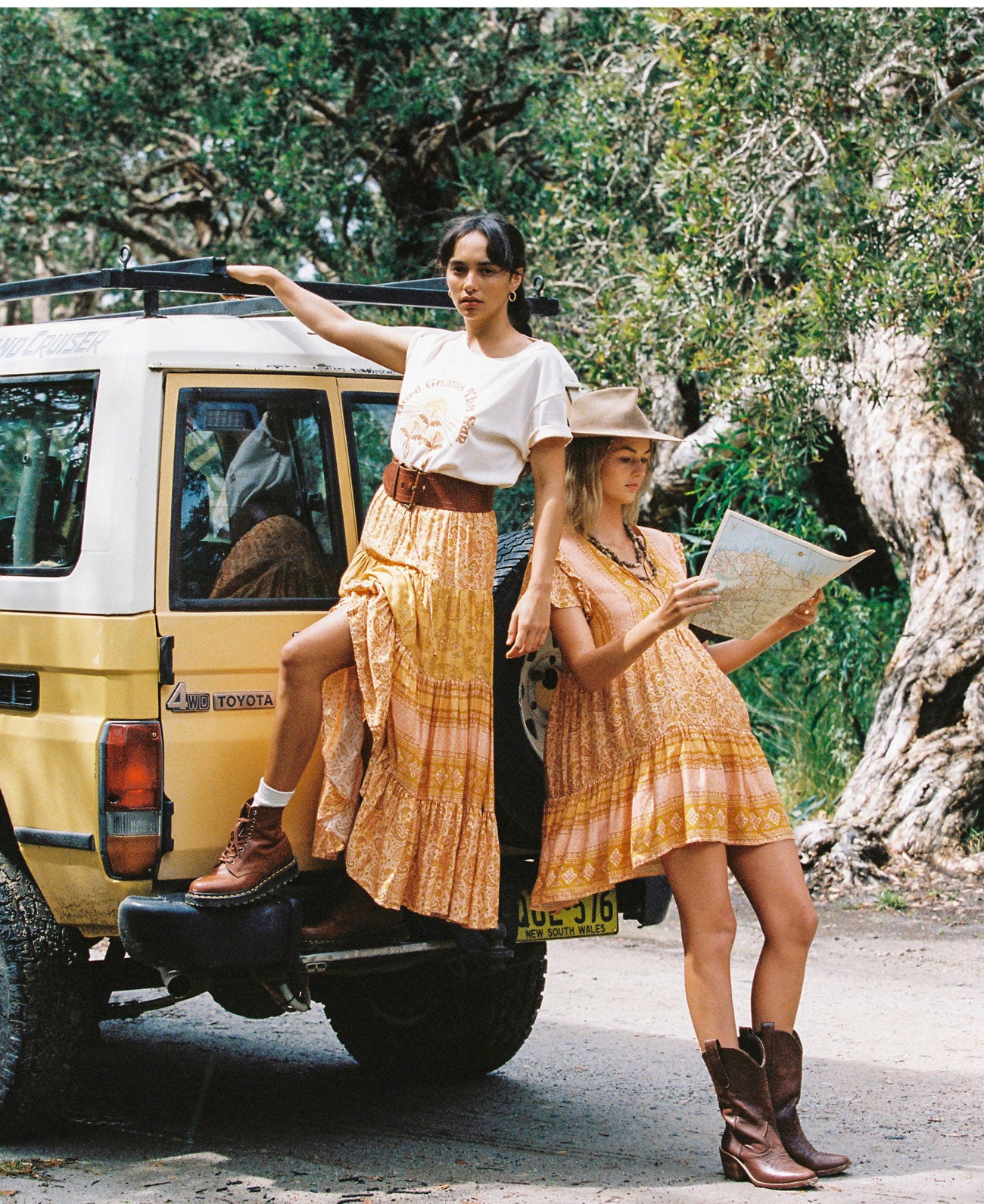
The scale of destruction of the 2019-2020 bushfires was like nothing Australia has ever experienced before. Despite being eclipsed by the global pandemic and social injustice that has tarnished 2020, the horrific aftermath of the recent bushfire season has irreversibly scarred the thin green reef of life-supporting ecosystems across the north coast of Australia. An estimated three billion native birds, mammals, reptiles and frogs have been killed or displaced and many threatened plant species have lost the majority of their populations. While most old-growth forests will recover over a long period of time, it is devastating to see the extent of the loss of old-growth trees, as well as the hollows within them which provide essential homes for our native wildlife.
Despite the scale of this raw and recent wildlife tragedy, the NSW Government continues to support the logging and desecration of our public native forests, which are acting as refuges for wildlife survivors of the bushfires. For many communities, conservation groups, wildlife carers, families and individuals who endured the bushfires firsthand, the ‘business as usual’ attitude demonstrated by the continuation of logging in our public native forests has compounded the pre-existing trauma of so many Australians.
Considering the extensive impact of the fires and their irreversible damage to our native wildlife species, it is absolutely crucial that every single patch of public native forest (our forests) is protected and revered as habitat for a future with diverse and abundant wildlife. Forests are actively weaving their alchemy day and night, maintaining the breathability of our air and managing carbon dioxide levels. We have always taken for granted the ‘free’ services that forests manifest naturally, with their invisible and ceaseless exchange of gases maintaining our ‘life support systems’ and nurturing the vital global cycling between air, ocean, rocks and soil.
Older forests sequester and store four times as much carbon than very young forests. Therefore, perhaps one of the simplest climate solutions to embrace immediately is letting our public native forests grow old. Logging disturbs, destabilizes, and degrades ecosystems, increasing vulnerability to climate change. Right now, we need to build resilience in our forests by restoring natural processes and ecosystem functions, so they can resist the growing consequences of our warming planet. We know that forests are also rainfall generators, which amplifies their importance in minimising drought and providing water security in a drying and heating climate.
Deforestation in NSW has been significant and extensive since European settlement began, with only a slither of the native forests that remain today, protected in National Parks or conservation areas. The remaining forests are slated for logging as State forests which represent incredibly important wildlife habitats and unique landscapes. Almost 1000 wildlife and plant species in NSW are formally listed as being threatened with extinction. This staggering number of unique species includes Australia’s beloved koala, which at the current rate of habitat loss, is doomed to be extinct in NSW before 2050.
These wild and uncertain times have urged an awakening to our inextricable connection to the natural world, in particular the plant kingdom, which has supported all living beings since the beginning of time. So many of us have been forced into unnatural spaces throughout this pandemic, further disconnecting us from the natural places from which we gain so much energy, spirit, and love, where we naturally connect with the elements, landscapes, birds, animals, and our kin. Trapped inside, we have bared witness to the unexplainable destruction and degradation of our forests, wildlife, and sacred lands as the Government continue to disassemble the environmental laws that should protect Australia’s biodiversity. Standing up for our beloved koala, creatures and sacred places have become incredibly difficult, however we have the power of the people, and our voice for nature is needed now more than ever.

The fragile green inheritance that we have to pass on to our children and our children’s, children requires an emergency response from our Government. The future of the koala is in their hands. A year-long NSW Parliamentary Inquiry has revealed that the state’s wild koalas are on track for extinction by 2050 unless there is “urgent government intervention”. The inquiry found that though last summer’s bushfires saw an estimated 10,000 of the Aussie icons perish, it’s decades of habitat destruction that have truly crippled the koala population. Logging in public native forests, compounded by the effects of climate change, means koalas no longer have adequate access to mature trees for roosting and food supply.
However, Great Koala National Park committee member Kevin Evans, says the 42 recommendations made by the inquiry committee could change this. “Gladys Berejiklian has publicly stated that she wants to be the ‘Premier to save the koalas’ – here is her chance. If we act quickly, our children’s grandchildren may still see a koala in the wild one day. “The community can help save this national treasure by writing to the Premier and urging her to act now. In particular, by supporting Recommendation 41, that the NSW government investigates the establishment of the Great Koala National Park,” he says.

The Great Koala National Park (GKNP) has been proposed by the National Parks Association who are a non-government community conservation organization who have been around for 60 years.
The GKNP proposes adding 175,000ha of public native forest to existing reserves around the Mid-North Coast to create a 315,000ha world-class national park network. It would protect over 20% of NSW’s remaining koalas, as well as create economic opportunities for local communities and businesses. It would not impact existing farms, as no private land would be included. “The Great Koala National Park proposal is more than conservation, it also includes a major visitor and research center on the Pacific Highway, a 220km Great Walk, and upgraded infrastructure for bushwalkers, mountain bikers and horse riders,” says Evans.
In November 2018 the NSW government commenced new logging laws called
‘Integrated Forestry Operations Approvals’ (IFOA). The laws drastically reduced protections for forest wildlife, including koalas, effectively removing all protection on private land and minimalistic surveying for koalas prior to logging. One of the worst changes was the introduction of an intensive harvesting zone of over 140,000 hectares of coastal forest between Taree and Grafton – covering a significant proportion of forest to be included in the Great Koala National Park. This intensive harvesting zone has seen large-scale clear-felling legalised on the north coast for the time. As the trees continue to disappear, so do the koalas. The Great Koala National Park offers the government an alternative to this destruction
Freedom of information documents show that the Great Koala National Park proposal is in the right place. In mid-2018, National Parks Association obtained documents and data through freedom of information from the NSW Office of Environment and Heritage. OEH had conducted research into where koalas are located (called ‘koala hubs’). Analysis of the data showed that the Great Koala National Park contained 44% of all hubs in state forests in NSW. Government data supports NPA’s view that the Great Koala National Park is the most important area of public land in NSW for koalas.

The Nambucca State forest recently gained international attention as Gumbaynggirr Custodians alongside community members called for an immediate end to logging in native forests, issuing Forestry Corporation with a ‘trespass notice’. Gumbaynggirr woman and president of the Gumbaynggirr Conservation Group (GCG) Sandy Greenwood said the notice demanded that logging of all Gumbaynggirr country stop due to lack of jurisdiction and no conciliation or consent. Forestry Corporation gained no prior consent for the operation of logging these sacred forests, which are one of the only unburnt koala refuges on the north coast.
"International and domestic law are being breached here, and as the sovereign custodians of Gumbaynggirr land and waters, we demand an end to logging in these irreplaceable and incredibly ancient publicly-owned forests," Sandy said.
The Gumbaynggirr Conservation Group has been a historical coming together of Gumbaynggirr Custodians and Elders, community activists, ecologists, scientists, conservation groups, and concerned local citizens, activating a powerful sense one ‘oneness’ and engagement to achieve the common goal of protecting country.
Sandy states “If we don't act now our deeply significant cultural heritage will be desecrated, our beautiful old growth trees will be logged, rare flora will become extinct and our koalas and endangered species will literally have nowhere else to go.”
Uncle Michael ‘Micklo’ Jarrett, a strong voice for the dunggirr (koala) tells us ‘the Gumbaynggirr people say we have to keep life going and better life and the way we do that is respecting the autonomy of every living thing on this land. We respect everything, and everything has a right to live. My Ancestors belong to this land and the land belongs to it. We are here to protect country always’.
The Gumbaynggirr Conservation Group are working alongside the Great Koala National Park steering committee, providing support and solidarity to ensure the future of the koala, our endangered species, vital life-supporting habitats and cultural heritage. They will be launching their exciting new website this week.
As Aunty Lauren Jarrett (miimiandjiinda) says, ‘these are our sacred sites, we have to save our flora and fauna and all our lands’.
Community activists have been taking protection of country into their own hands with direct action, locking onto machines in the Nambucca State forest and Wild Cattle Creek. Friends of Nymboida Headwaters say the forests being logged are very tall, lush and moist and are part of the ancient Gondwanan natural heritage that only occurs in Northern New South Wales and far southern Queensland.
"These forests narrowly avoided being impacted by the massive Liberation Trail fire in November that burnt through the majority of the Nymboida River catchment," a spokesperson said. "These forests are a critically important unburnt refuge that is now being massively impacted by large logging machines causing extensive soil disturbance and destruction of ground vegetation. This will make these forests much more fire-prone."
Fire experts have relayed that the 2019-2020 bushfire season is likely to occur again, making it even more important to preserve as much koala habitat as possible, immediately.
For a future with koalas, an immediate moratorium on logging in public native forests across NSW is required. We call on the government to ensure that a comprehensive and independent assessment of the impacts of the fires on species and habitat is undertaken, publicly reported and logging contracts are reassessed. We call on the NSW Premier Gladys Berijiklian to honor her words in wishing to be ‘the Premier who saves the koala in NSW’. Her first step has to be to declare the GKNP and then also order logging of all koala habitat across NSW to cease, starting within public native forests.
The Great Koala National Park steering committee are deeply grateful for such an incredible opportunity to connect with globetrottersiraconlineusa and all of the people who share a love for this gorgeous earth aligned brand. globetrottersiraconlineusa is generously donating 100% of all profits raised by the ‘For our Future’ limited edition charity koala tee.

Your globetrottersiraconlineusa koala tee-shirt purchase will assist the GKNP:
1. Develop short compelling films about the importance of creating the great Koala National Park. These films will be used as a TV advertising campaign in the lead up to the next election. They will also be used on the new website and in the visitor center.
2. Developing brochures about the GKNP for distribution as part of a pack of key promotional materials to be sent to stakeholders and supporters.
3. Lobbying parliamentary targets in the NSW Government and State Opposition. The group will attend a series of meetings in the NSW parliament in Sydney.
4. Help conduct citizen science ecology koala surveys in key forest areas so that data can be added to the Bionet atlas.
5. Secure the future of our global treasure - the Koala!
The proposal for a World-Class national park on the Mid North Coast isn’t just for conservation, it also includes: Ecotourism infrastructure; Major visitor and research centre with a koala hospital on the Pacific Highway; New and upgraded access for bushwalkers; Mountain bike hubs; Horse riding trails; Vehicle tours; A 220km Great Walk; Indigenous cultural centre; 4WD self drive tours; Environmental monitoring; Restoration and repair of forests.
Providing tracks is a core element of creating the park to maintaining public access drive visitation and economic gain for communities. The Nambucca Valley and Bellinger River show huge potential to become a cycling/ walking mecca, with local cyclin, walking & equestrian clubs having shown much enthusiasm to evolve opportunities for locals and tourists within the GKNP.
Look at the success of NZ after it transitioned away from native logging to nature tourism: it's thriving!
THE GKNP VISITOR CENTRE URUNGA
An excellent place to connect with all the latest forest news, sign petitions, support the campaign, have a coffee, chat with passionate volunteers, watch our GKNP videos and more. Idyllic stopover points for all travelers on the mid-north coast. Opening doors again soon, watch this space.

globetrottersiraconlineusa X Great Koala National Park Charity Tee
Available for pre-order Tuesday, 15th - 22nd September.
100% Profits Donated to the Great Koala National Park.
Tees are made to order to ensure zero-waste. Est. delivery 16th Dec.
]]>


























































































































































